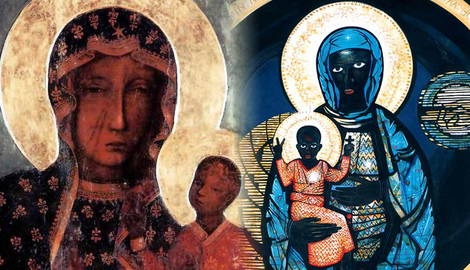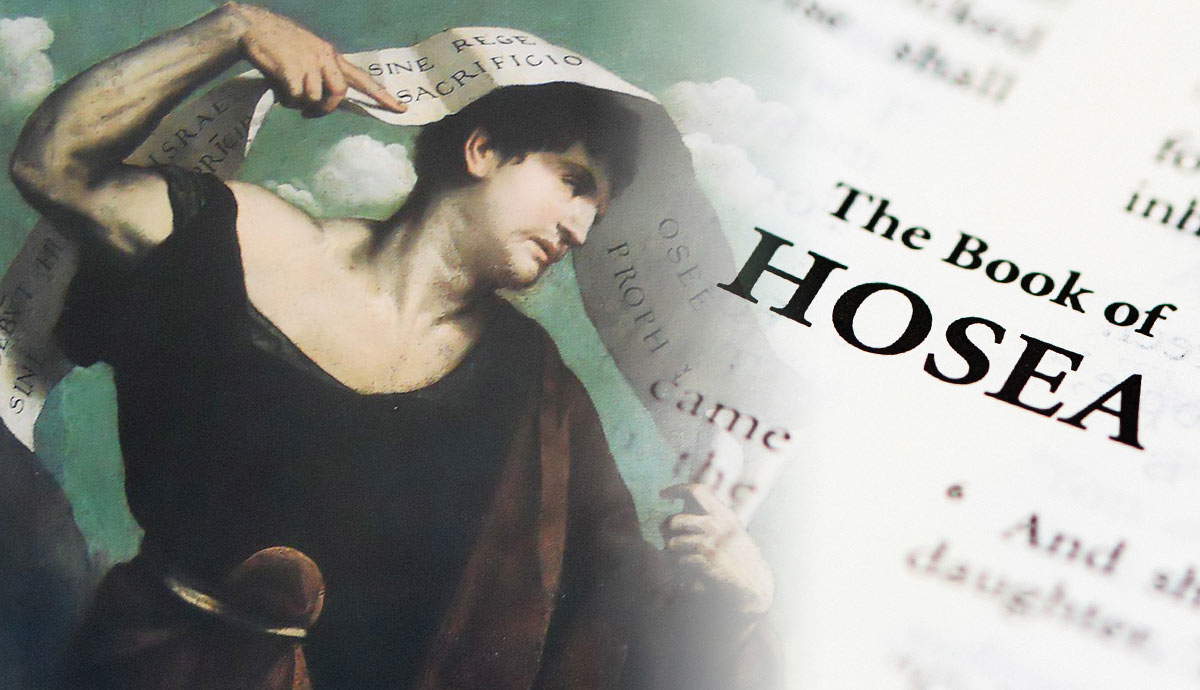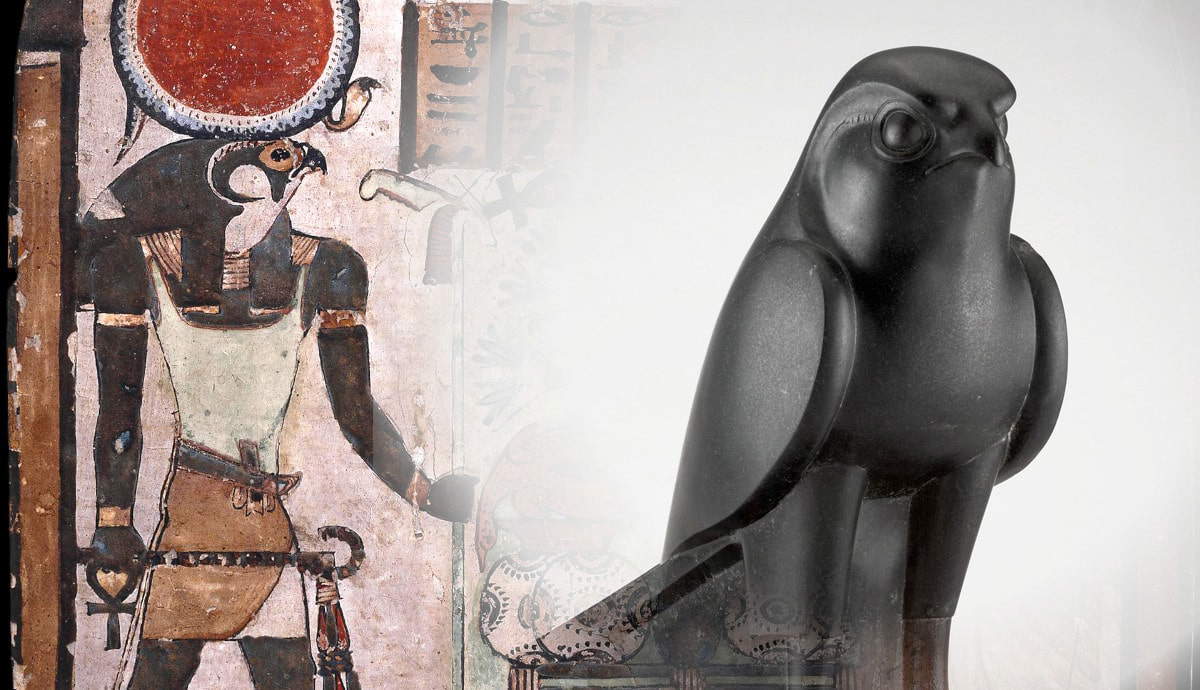
She’s more than stood the test of time; once hidden in grottos and secreted away in caves, the Black Madonnas were “rediscovered” by her people who couldn’t bear to be parted from her. Instead of, “Behold the earth goddess, granter of fertility!” many pre-modern people simply told their local religious leaders, “Look! It’s the Virgin Mary with her anointed son!” However, it wasn’t the virgin that was first depicted holding her baby. It was Isis, the giver of life, the throne of Egypt’s spiritual power. So what is this goddess of old doing holding a place of honor in catholic churches throughout Europe and the world at large?
What Is a Black Madonna and Where Can I Find Them?

Venerated through the ages, the Black Madonnas are not dusty old relics of the past but enduring symbols of spiritual power and mystery. Scattered across Europe and into Latin America, these dark-skinned effigies of the Virgin Mary, often sitting with her holy child, hold a special place in the hearts of many of the faithful. You can find them in grand cathedrals, humble chapels, and ancient monasteries, each site steeped in legends and devotion.
One of the most famous is the Black Madonna of Częstochowa in Poland, housed in the Jasna Góra Monastery. Pilgrims from all over the world journey to this site, drawn by tales of miraculous healings and divine interventions. This Madonna bears arrow pocks and sword scars, a testament to all the pain she has miraculously made it through. Perhaps her staying power has come from her very making — as Matka Boska Częstochowska was rumored to be painted by Luke the Evangelist on a table carpentered by Jesus’s own hands.
Similarly, in Spain, the Black Madonna of Montserrat, affectionately known as “La Moreneta,” or “little dark one,” sits in the Montserrat Monastery, her gaze giving no hint of the years she spent squirreled away in a cave to save her from a Saracen invading force.

In France, the Black Madonna of Rocamadour stands as a beacon of faith, nestled in the cliffs of the Sanctuary of Rocamadour. Italy, too, is home to numerous Black Madonnas, including the revered statue in the Basilica of Santa Maria Maggiore in Rome. Switzerland’s Einsiedeln Abbey and Greece’s Heybeliada Monastery near Istanbul also boast their own miraculous Madonnas.
These sacred images extend beyond Europe, with a significant presence in Latin America. The Lady of Regla in Cuba, for instance, embodies a syncretic blend of African deities and Catholic veneration. She is believed to have melded Yemayá, an African patroness of maternity, with the Catholic iconography of the Queen of Heaven and is still worshiped in Cuba every September 7th. Each of these sites, whether in Europe, Latin America or beyond, offers a tantalizing peek into the enduring legacy and irrepressible spiritual significance of the Black Madonnas.
Black Madonnas: Connection to Isis, Egypt, and Gaia, the Earth Mother

The Black Madonnas are not just Christian icons: they carry the legacy of ancient goddesses like Isis of Egypt and Gaia, the Greek earth mother. This rich connection weaves through the fabric of history, blending pagan and Christian traditions into a powerful symbol of life, fertility, and divine femininity.
Isis, the formidable Egyptian goddess of motherhood, fertility, and magic, was a precursor to the Virgin Mary. In the Roman Empire, her worship spread far and wide, and this powerful mother was often depicted holding her son Horus in a scene that seamlessly transitioned into Christian imagery of Mary and Jesus. This notable similarity is more than a visual parallel of coincidence, it reflects a deep, spiritual lineage that connects the Black Madonnas to ancient sources of life and power. It seems there is something deep in the human psyche that needs a woman, particularly a holy mother, to pass the secrets of our hearts on to. And this something has been an unchanging call of human hearts since time immemorial.

Gaia, the ancient embodiment of Earth itself, symbolizes the life-giving and nurturing aspects of nature. The Black Madonnas, often situated in caves, springs, and mountain sanctuaries, resonate with Gaia’s essence. These sacred sites, once home to earth goddess worship, continue to draw pilgrims seeking fertility, renewal, and spiritual strength. Here, the great pilgrimage to Compostela comes to mind. The Madonna in this Italian town was painted as dark as the blackest, most potent soil for planting seeds. Jay Weidner says of this historical journey, “When the pilgrims came to the Cathedral at Compostella they were being ‘composted’ in a sense. After emergence from the dark confines of the cathedral and the spirit they were ready to flower, they were ready to return home with their spirits lightened.”
There are manuscripts dating back to the Middle Ages in the French Bibliothèque Nationale that illustrate such an earth and water/divine feminine connection vividly, depicting Isis’s arrival in Paris. The very heart of Paris, with its boat-shaped Île de la Cité, symbolizes Isis Pelagia, herself a blend of the Egyptian mother goddess and a Greek term meaning “open waters,” the goddess of navigation. This continuity of worship highlights the enduring importance of these ancient deities, reimagined and revered in the form of the Black Madonnas. First, she was Isis or perhaps, Gaia, then she was the Mother of God, but always she has been a woman worthy of calling out to.
Are Black Madonnas Actually Black or Are They Soot-Stained?

The dark complexion of the Black Madonnas has sparked much debate and even, at times, controversy. Are these images truly dark-skinned, or have they become dusky with time due to exposure to soot and candle smoke? This question delves into both the physical history and the symbolic significance of these revered figures.
In many cases, the blackness of the Madonnas is attributed to centuries of standing amidst candle smoke and donning layers of soot. Statues in places like Einsiedeln Abbey in Switzerland and the Basilica of Santa Maria Maggiore in Rome bear this darkened patina, a testament to their long history of veneration. Restoration efforts sometimes reveal lighter original tones beneath the soot, suggesting these images were not initially created as Black Madonnas. However, occasionally such restoration work is protested by worshippers, who have come to see the darkness of the Madonna as being proof of her blessedness by God.
Layers of dust, soot, and prayers do not tell the whole story. There are certainly Black Madonnas who were intentionally crafted with dark skin, reflecting the cultural and spiritual contexts of their time of creation. In areas influenced by Moorish presence or with significant populations of darker-skinned people, the Virgin Mary was depicted in a way that resonated with local communities. These images served as inclusive symbols, bridging cultural divides and reinforcing the universality of faith.
The deliberate creation of Black Madonnas also aligns with their association with ancient earth goddesses. The dark complexion symbolizes fertile soil, rich and life-giving, tying these figures to the nurturing aspects of the earth itself, of the dark womb where all things are sustained before bursting forth into the light.
Were There Dark-Skinned People in Europe Before the Modern Era?

Yes, there were dark-skinned people in Europe long before the modern era, contributing to the continent’s rich and diverse cultural tapestry, a tapestry that has often been painted over and hidden away to make the story simpler. Historical records and archeological evidence confirm the presence of multiculturalism and its influence across various regions.
St. Maurice, a black Roman soldier and Christian martyr, is a notable example. Often depicted in knightly armor, his veneration in Europe, particularly in Germany and Switzerland, highlights the respect afforded to people willing to outwardly claim their Christianity, especially during eras when such a claim could and often did lead to violent death, no matter the color of their skin. Similarly, Hadrian, an African scholar, and probable refugee turned abbot in 7th-century England, significantly impacted religious and educational life. Hadrian spoke and read both Greek and Latin, abilities that aided him when he became one of the trusted advisors to the Pope. Stories like that of St. Maurice and Hadrian underscore the diverse ethnic landscape of early medieval Europe.
In Scotland, records from the early 16th century mention “black ladies” at the court of James IV. These individuals were members of the royal household, receiving gifts and financial support, with one, a woman dubbed “Ellen” gaining the title the Black Queen of Beauty during a jousting tournament.
Archeological discoveries, such as the remains of an 11th-century African girl in Norfolk, England, further affirm the longstanding presence of dark-skinned people in Europe. These historical and archeological records challenge the perception of a homogeneously white Europe, revealing a continent shaped by a sort of globalism modern people tend to inaccurately think of as a new development.
Why Are Black Madonnas So Closely Associated With Miracles?

The Black Madonnas are not just religious icons; they are embodiments of miraculous power and divine intervention. Throughout history, these figures have been credited with countless miracles and intercessions in times of crisis. These women even now continue to draw pilgrims seeking healing, protection, and spiritual guidance.
The dark complexion of the Black Madonnas is often seen as a sign of their unique spiritual potency. Believers view these images as transformed by their years of miracle-working, becoming Black Madonnas through divine grace and good works. This belief is reinforced by numerous accounts of miracles attributed to these statues, ranging from curing illnesses and healing infertility to saving communities from disasters.
In Italy, the Sanctuary of the Madonna of Montenero is adorned with ex-votos — offerings made in gratitude for miraculous interventions. One particularly moving ex-voto tells the story of a young lady who was captured and taken by force to a harem in Constantinople, a life in deep opposition to her Catholic faith. She escaped and credited her miraculous deliverance to the intercession of the Madonna of Montenero to whom she was praying during her tortuous journey. At the sanctuary, this young woman left behind the clothing she wore during her ordeal as a testament to the power of the Black Madonna.

Many Black Madonnas are associated with miraculous events and divine interventions. For instance, the Black Madonna of Montserrat, a sacred statue housed in the Montserrat Monastery in Spain, is believed to have healing powers. Thousands of miraculous cures are credited to this much-revered piece of statuary. Most of the statue sits behind a protective sheet of glass, except for one hand. In this hand, the statue holds a sphere representing the universe. This exposed area is said to possess healing properties, and pilgrims only need to touch it to be granted relief from some of their pain and suffering.
One of Montserrat’s most intriguing and historic sites is the Santa Cova, also referred to as “The Holy Grotto.” Legend has it that the Virgin Mary appeared in this cave. Referencing a text dating back to 1239, shepherd children saw a great light descend toward the mountain and heard a beautiful song echoing through the land. They followed this beacon of light and sound to the Santa Cova cave. This vision occurred for several consecutive Saturdays, appearing to both the children and their parents, drawing the attention of the local Bishop. Upon witnessing the miracle himself, he and his entourage attempted to take the image back to the city. However, when they tried to dislodge the statue, it became inexplicably heavy. Thus, the Bishop decided that the image must be worshiped at Santa Cova on top of Montserrat.

Since the original telling of this tale, thousands of pilgrims have traveled to worship in this sacred cave every year, underscoring the enduring power and significance of this particular and all Black Madonnas in general. Whether seen as representations of the Virgin Mary, echoes of ancient goddesses, or both (as we come to see that they are not mutually exclusive), Black Madonnas continue to inspire and comfort people around the world. These sacred and dark-skinned women remind us of the enduring power of faith and the staying power of the feminine divine.
Similarly, the Black Madonna of Częstochowa is credited with numerous miracles, including the defense of Poland against a 17th-century Swedish invasion. She still bears evidence of being struck with weapons during the attempted conquest.
The association of Black Madonnas with miracles is often linked to their locations and the history of unrest in those places. Many of these statues are housed in sites with ancient sacred significance, places once dedicated to pagan deities known for their healing powers. The transition of these sites to Christian worship did not diminish their perceived sanctity; instead, the Black Madonnas inherited and continued the tradition of miraculous interventions.
Black Madonnas and a Connection to Fertility

The Black Madonnas are more than spiritual protectors; they are deeply connected to fertility, embodying the life-giving aspects of nature and ancient earth goddesses. One theory is that the dark complexion of the Black Madonnas symbolizes fertile soil, rich and life-giving. This symbolism is rooted in ancient Egyptian beliefs where black was an auspicious color representing the fertility of the earth. Many goddess statues in Egypt were painted black because of their holy associations, much like the modern world uses white to represent all things heavenly. The Black Madonnas are seen as continuations of ancient earth mother goddesses like Gaia and Demeter, who were worshiped for their ability to grant fertility and abundance.
Pilgrimage sites dedicated to Black Madonnas often feature rituals and prayers for fertility and childbirth. For instance, at the Sanctuary of Rocamadour in France, female pilgrims seek the intercession of the Black Madonna before pregnancy in the hopes of successful conception and during pregnancy while hoping for a swift delivery of a healthy baby. These practices reflect the enduring belief in the Madonna’s power to grant fertility and protect life.
Ex-votos found at Black Madonna sanctuaries often depict scenes of childbirth and family life, expressions of gratitude for the Madonna’s acknowledged intervention in matters of fertility. The abundance of such offerings underscores the deep-seated belief in the Black Madonna’s role as a protector and grantor of life.
Through their enduring presence and miraculous reputation, the Black Madonnas continue to inspire and protect believers around the world from their pedestals ranging from hilltop shrines to shining cathedrals, embodying the sacred connection between the heavenly divine and the fertile earth. The Black Madonna is she who sees those in pain and lifts them out of it.










